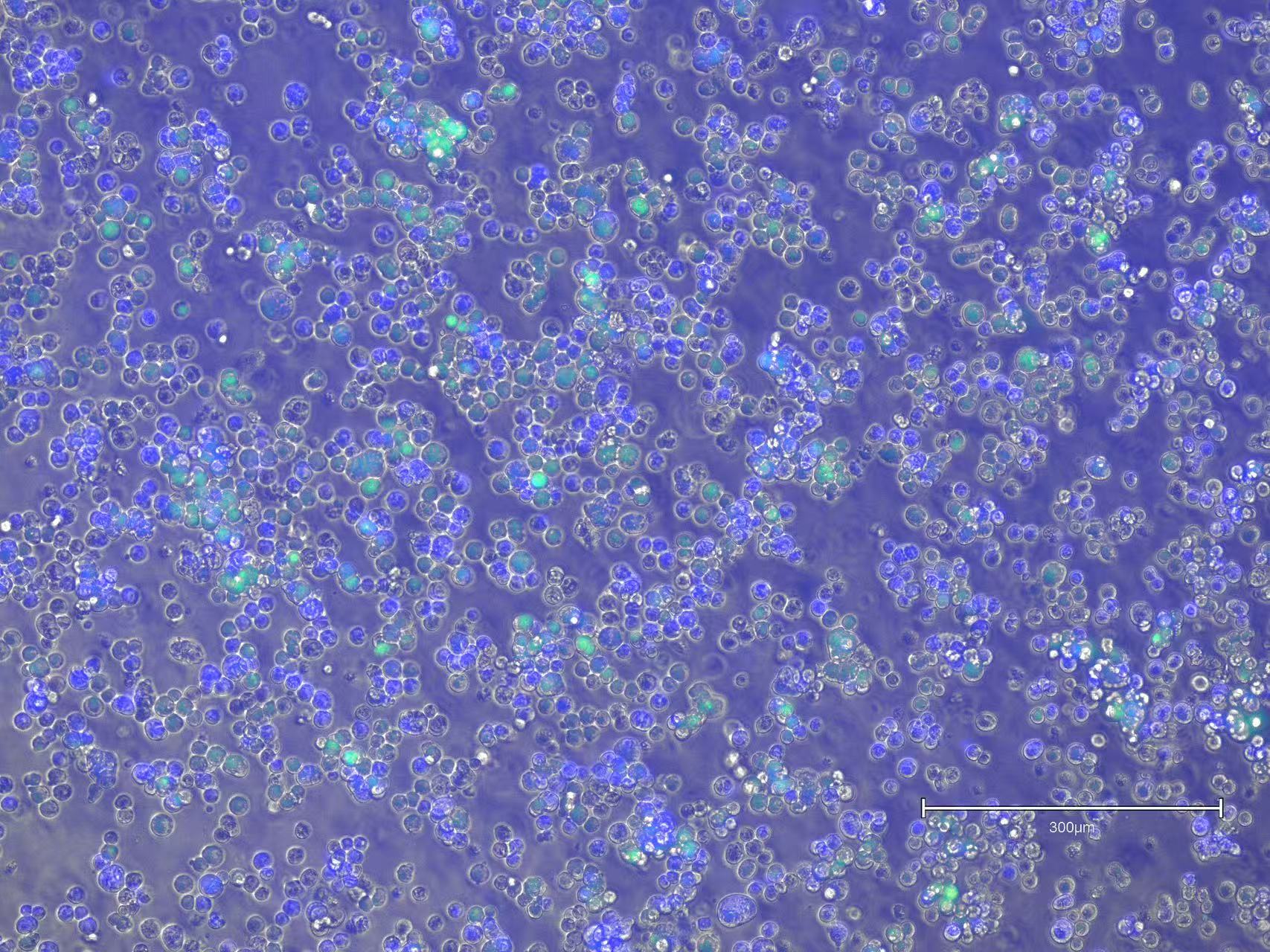Over the past month, I’ve been learning a lot from both the wet lab and computational sides of our projects. I’ve gained hands-on experience in culturing induced pluripotent stem cells (iPSC) and successfully maintained a gorilla iPSC line for our cell fusion experiment. For the fusion
experiment, we started with testing various conditions to find the optimal setup. Since this is a very fragile cell line, and the fusion procedures unavoidably involve the use of toxic reagents and harmful stirring to force cell fusion, we needed to carefully adjust our protocol to strike a balance between cell survival and fusion efficiency. While we haven’t yet generated a confirmed tetraploid cell line, we’ve identified the optimal incubation time, media density, dye concentration, and cell number through several trials. Another main challenge is to distinguish true fused cells from false positives, which are cells simply stuck together. To address this, we are adding more controls to understand how the positive, negative, and false-positive results may behave differently when sorting via FACS machine. And we’ll further screen the DNA content to verify the fusion outcomes.
On the computational side, I recently completed my first single-cell RNA-seq analysis using Seurat, exploring how a human-specific deletion in an enhancer impacts neural development. Specifically, I identified changes in cell type proportions, which suggest an altered pattern of neurogenesis, potentially contributing to unique human features of brain evolution. This was my first time coding in a real research context, and scRNA-Seq data can be extremely noisy to work with. I’ve learned a lot from my lab members, especially in the steps of data integration, clustering, and marker gene identification. I’m now excitedly beginning a second project to identify differentially expressed genes downstream of this deletion and perform gene ontology analysis to understand their roles in brain development.
- MELODY XU '26
